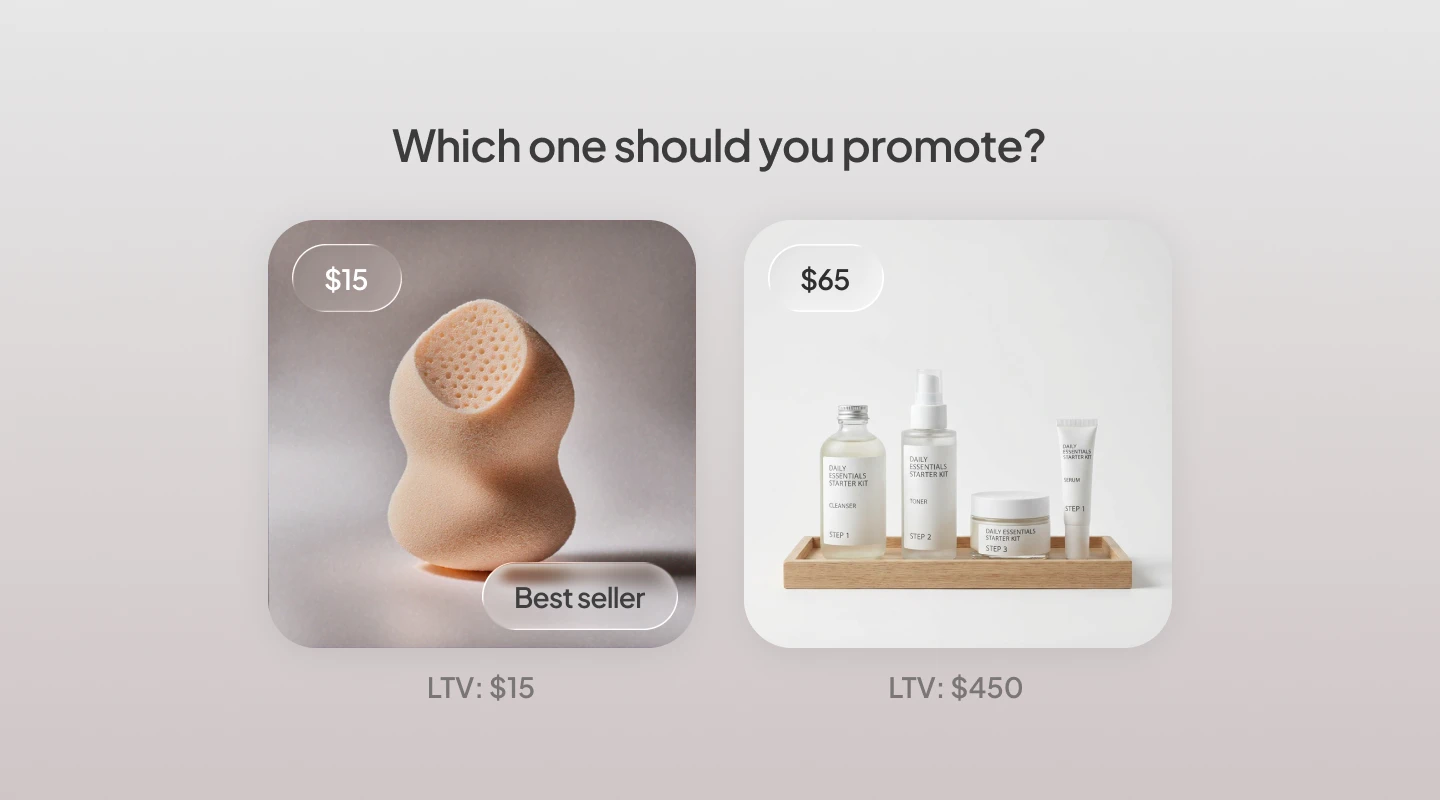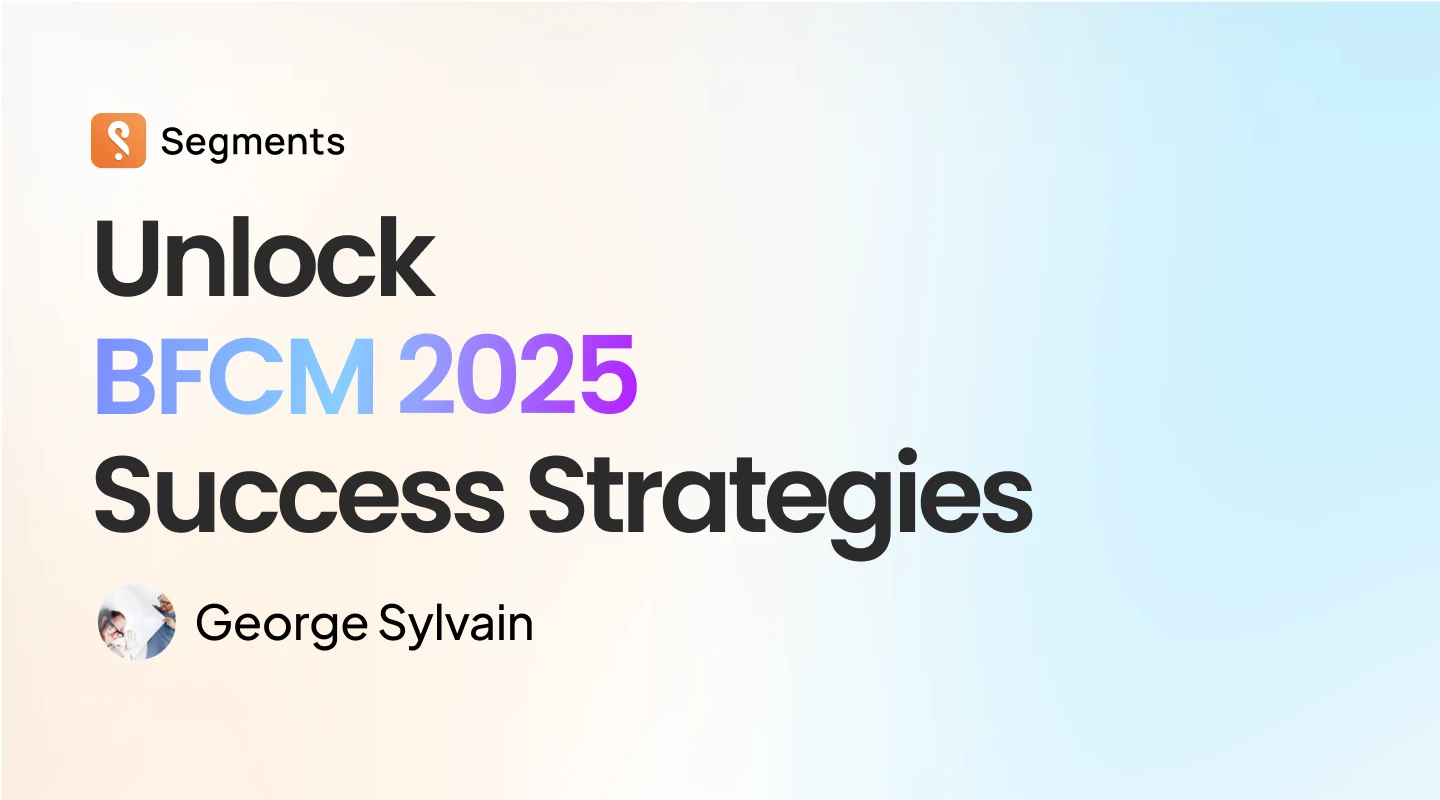
Increasing your store’s average order value is important for all stores and using the data crunched from 1,000+ Shopify stores, here are some top tips on increasing your Average Order Value.
Before we get to the tips though it’s important we start with the basics...
Calculating Average Order Value for your online store
The formula to work out Average Order Value is a simple one: just divide your stores total revenue by the number of orders. This formula can be applied for any time range.
For example, if in January your online business generated $36,000 in revenue from 480 orders, your Average Order Value for that month is $75 ($36,000/480 = $75.)
What's an “average” order value for the eCommerce industry?
IRP Commerce lists the AOV for the ecommerce industry as a whole in December 2020 as $104.65.
Here’s how Average Order Values break down by each ecommerce sector:

In a 2019 analysis of orders generated by email marketing, Klayivo quoted an AOV of $86.07, which was an average across all eCommerce industries.
Yotpo analyzed the AOV of 3,000 online fashion stores across 185 countries and reported a figure of $97.
But regardless of your current AOV, it can always be improved. That brings us nicely onto…
3 ways to increase your Average Order Value
- Use Upsells to increase Average Order Value
- Use Cross-Sells to increase Average Order Value
- Create a Loyalty Program to increase Average Order Value
1. Use Upsells to increase Average Order Value
What is Upselling?
Upselling is incentivizing visitors to buy a more expensive item than the one they’ve viewed, added to their cart, or already purchased.
For example, if you sell coffee and someone adds a 12 oz. bag to their basket for $15, you can show visitors an offer to ‘get 24 oz. for $24!’ Bingo, you’ve increased your AOV.
You can use upgraded or larger products for your upsells, or use bundling to increase the perceived value.
How to use Segments by Tresl for Upselling
Use the All Products report in Segments to understand which of your products have the best sell through and then pair these with complimentary products of a higher value.
Keys to Upselling
- Do it at the time of purchase (higher success rate).
- Relate it to the product being considered - the more similar it is, the more effective it will be.
- Experiment with upselling after a visitor has added to cart, during the checkout process, and post-purchase.
2. Use Cross-Sells to increase Average Order Value
What is Cross-Selling?
Cross-selling is showing visitors a related product to the one they’ve viewed, added to their cart, or already purchased.
Let’s say you sell hiking equipment and a visitor adds hiking boots to their cart. Chances are, they’ll also need thick, warm hiking socks. Showing these customers relevant product recommendations at the right time is a great way to increase Average Order Value.
How to use Segments by Tresl for Cross-Selling
Segments has a custom made report for Cross-Selling helpfully named “Cross Sell”. Use the Cross Sell report to understand what products users might consider buying based on what they’ve already bought. A cool feature of the Cross Sell report is that you can select 1 product (say your best selling product) to focus on and then see what users might be interested in purchasing.
Keys to Cross-Selling
- Your cross-sell should be cheaper than the product the customer is buying. VWO recommends that ‘Cross-sell products should be at least 60% cheaper than the product added to cart.’
- Use cross-selling on the check-out page for a higher chance of success and to make use of ‘impulse buy’ behavior. Cross-selling efforts can see up to a 3% conversion rate uplift when used on the check-out page.
3. Create a Loyalty Program to increase Average Order Value
What is a Loyalty Program?
A customer loyalty program is an incentive-based system, designed to get customers to continue to buy from you over a longer period of time than your average customer. In return, online stores may provide exclusive discounts, free gifts, priority access to new products, a behind-the-scenes view into their operations or many other rewards.
Do Loyalty Programs increase Average Order Value?
Loyalty or reward programs have a ton of benefits. Loyalty Lion found that customers who were part of a loyalty program spent 39% more per order than customers who weren’t. That’s massive!
How to use Segments by Tresl for your Loyalty Program
Before you kick off your loyalty program, head over to the My Segments page and select your prebuilt loyal customer segment. You can use Segments to learn more about your most loyal customers, how much they’ve spent, their lifetime value and much more. The loyal customer segment is a treasure trove of useful information that is absolutely key to understand before launching your loyalty program.
Keys to creating an effective Loyalty Program
- Think carefully about what sort of rewards you offer. Not every benefit you offer customers has to be a financial one. Experiment with concepts like giving them exclusive access, the ability to be a beta-tester for new products or even pick what your next product should be.
- Remember to market your loyalty program to both current customers and prospective customers. You can ask new customers to sign up to the program to receive a discount.
- Offer a variety of rewards for customers that complete different actions.
Outline the rules of your program clearly and without resorting to lawyer-speak. Here are a few to get you started:
- Rewards are non-transferable.
- Points earned do not apply to tax or shipping and have no cash value.
- Points cannot be earned retroactively.
We hope you enjoyed reading this post and can start actioning points in your marketing efforts straight away. We’d recommend starting with Upselling and Cross-Selling as the easiest to activate through targeted campaigns on Google, Facebook and your email marketing platform.








